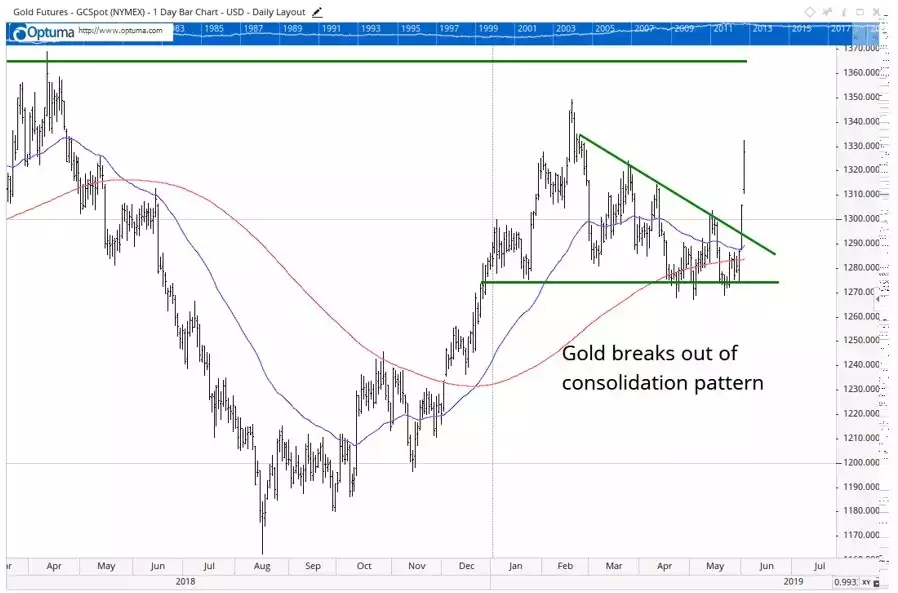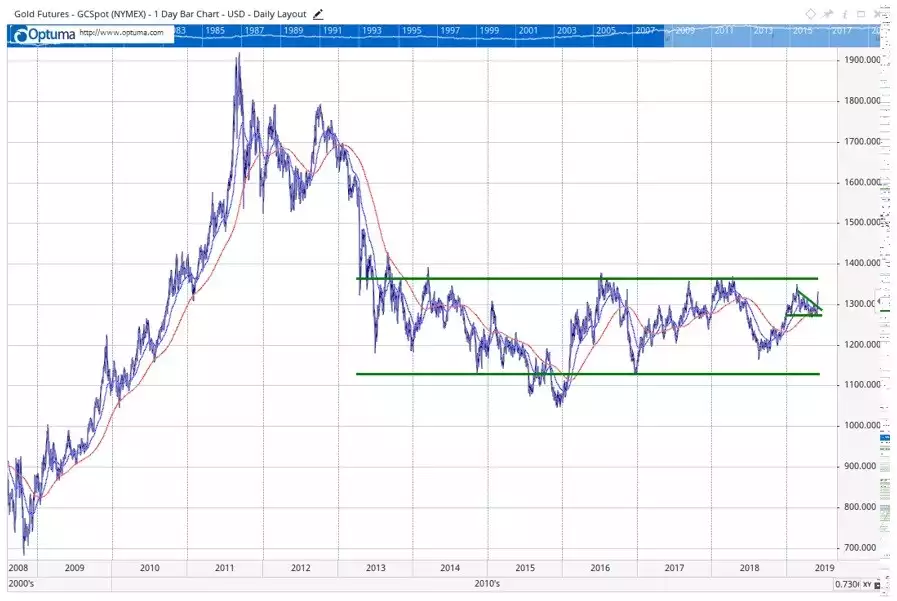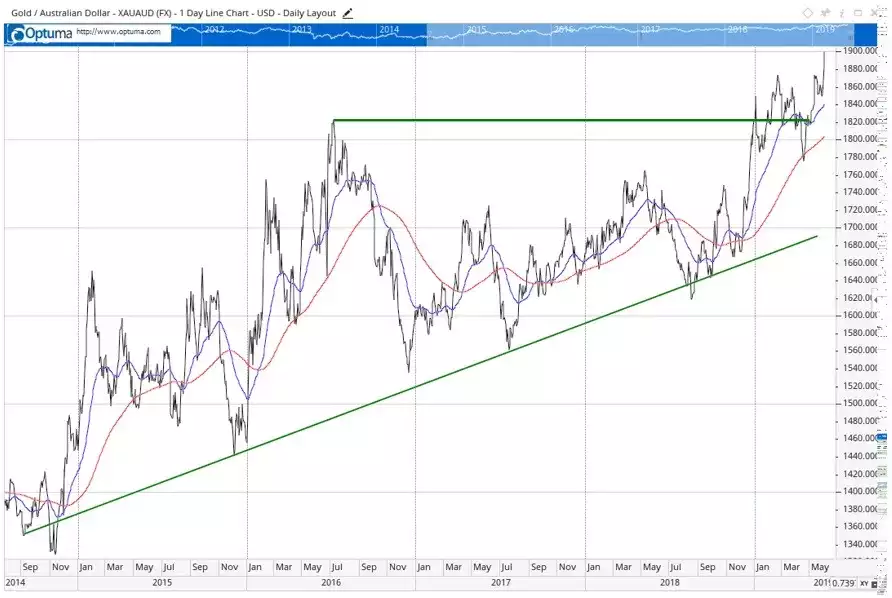Bad News is Good News Returns – Here comes Stagflation
News
|
Posted 06/06/2019
|
8330
Last night was a classic return to the ‘bad news is good news’ days. Shares rallied as the Fed chair (and other members) dovishly spoke and almost cemented rate cuts to come in the US, even hinting at QE returning. The market is now pricing in no less than 3 (!) rate cuts this year. That is extraordinary when you consider they were talking of continuing to hike just late last year before they saw that even just talking about it was crashing markets.
So let’s be very clear. You only lower rates because the economy is doing badly. The business you invest in as a shareholder will then likely do badly in that economy so your shares should be worth less. But no, on news of expected rate cuts Wall St instead rallies. Why? Because the market hopes the Fed’s ‘got this’ and because at record levels of debt, lower rates mean less interest costs and of course the ability to borrow even more cheaply (read more corporate buybacks, junk bonds, etc).
Last night saw more weak economic data out of the US (particularly all important jobs figures), a Fed chair looking to cut rates and shares rally. What’s your gut telling you right now?
In Australia we got our own rate cut on Tuesday and yesterday we saw our latest GDP print at its worst level since the GFC. Our economy grew just 0.4% in the first quarter taking the annual rate to just 1.8%. It also marked the 3rd consecutive quarter of negative per capita growth, ala a recession.
However amongst the rises in shares we saw gold rise despite the usual lack of correlation between the two markets. Why? Because a large part of this market is not buying this little rally as we discussed yesterday. There are very well founded fears developing that we are heading toward a stagflationary outcome. Stagflation occurs when you have rising inflation but a stalled economy. Lowering rates increases inflation but few expect that this time will see any meaningful improvement to economic growth, employment and wage growth. Inflation and low wage growth is toxic. Gold of course is the historic ‘go to’ in such an environment and it shouldn’t be a surprise we are seeing it rally.
From a technical perspective Greg Canavan (in his Crisis & Opportunity subscription) is becoming quite bullish on gold’s prospects:
“In the case of gold, the chart (see below) certainly suggested pressure was building for a move to the upside. And that’s exactly what happened over the past few trading days.
As you can see, gold surged out of its consolidation pattern on news of the threatened Mexican tariffs, and then extended that move on news that the US Federal Reserve could cut interest rates if the economy slowed.

“Whatever the cause, it’s a bullish move. From here it would be good to see gold push a little higher, then consolidate for a few months. That would provide a base from which to take out major overhead resistance at around US$1,365.
You can see this resistance clearer in the longer-term chart, below…”

“A breach of this level will mark the return of the gold bull market. If that does happen, it could be explosive.
A good leading indicator for the US gold price is gold priced in Aussie dollars (AUD gold). And this week, AUD gold hit an all-time high at around $1,900 an ounce. Check out the chart below…”

Financial commentator Peter Schiff (who famously called the GFC and even recently called the change in stance of the Fed in December) yesterday had this to say on Fox Business:
"But when the markets realize what they should have realized from the beginning – that this is a permanent expansion of the balance sheet; this is debt monetization, that there is no end in sight, that it’s going to be zero percent forever, then the bottom is going to drop out of the dollar and then we’re going to get all the inflation that we should have had, only more.
Remember, we got as high as $1,900 back in 2011 when people were actually worried about QE. Well, they were right to worry. The mistake was in thinking that everything was OK. So, when we go back to QE and zero percent interest rates, gold is not stopping at $1,900. We’re going to $5,000 to $10,000.”